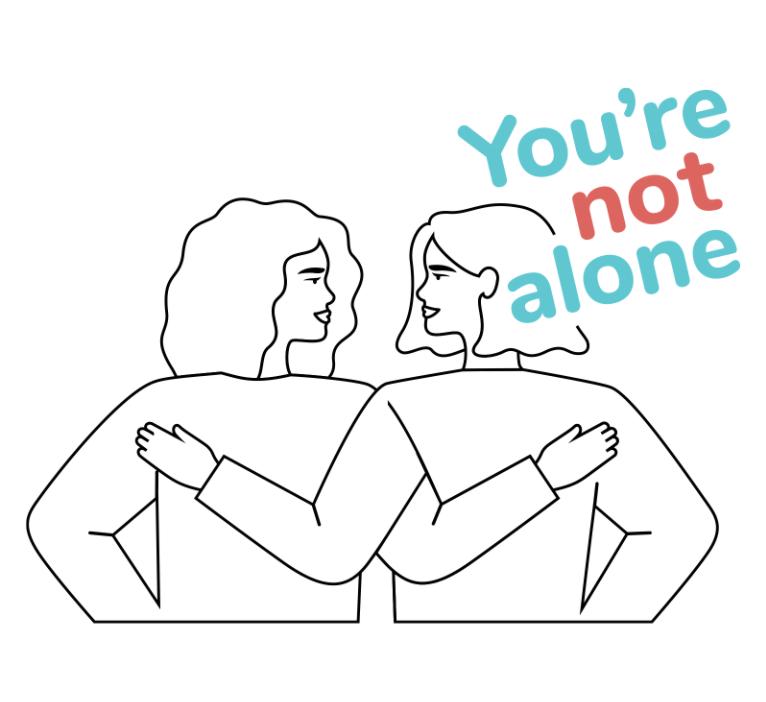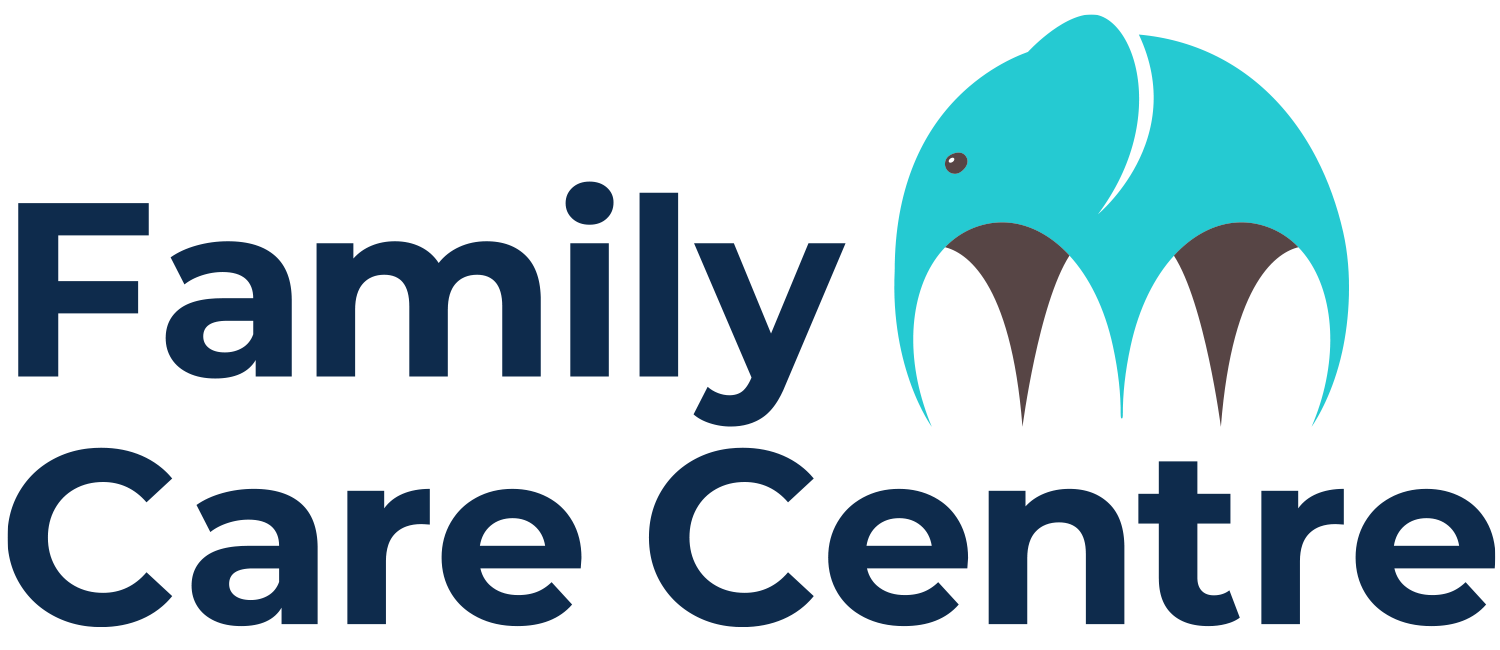Suicide and self-harm resources
Suicide and self-harm among children and youth here in Ontario and across Canada may be more common than most of us are aware of. In fact, suicide is among the leading causes of death in 15–24-year-old Canadians, second only to accidents. We know how hard it can be to find the right information to help your child. We created this page with tips to creating a safe environment at home, understanding non-suicidal self injury and to share links to other recommended resources to help you through this difficult time.

We connected with parents and caregivers from Parent’s for Children’s Mental Health (PCMH) and asked them to share their experiences.
For one mom, Sarah, her daughter was 7 years old when she told Sarah her plan for suicide. “It came out of nowhere,” Sarah said.
Another mom, Angie, who lives in Stratford, Ontario, said her son became suicidal at age 13. “He had been having panic attacks and was missing a lot of school. I had no idea it was coming, but one day I walked into his room and realized he was looking to die. We went straight to the emergency department, and he spent a night there,” she said.
Tips for creating a safe and supportive environment at home
1. Understand common warning signs
While it’s not always possible to know that your child is considering hurting themselves – indeed, it can happen without warning – there are some common warning signs that a child may be thinking of hurting themselves. Feeling hopeless, isolating themselves or withdrawing socially are all important warning cues to look out for. Ask your child about what they think triggers them or what are the warning signs that they are feeling this way. Try to understand how to identify when the child may be escalating and starting to think about suicide, so a safety plan can be implemented immediately.
Download this tip sheet on How to Advocate for Your Child from Parents for Children’s Mental Health (PCMH)
2. Be direct
Ask your child or youth about suicide plans and self-harm. Don’t be afraid to dig a little deeper to try and understand what is on your child’s mind. For example, a child who says they want to harm themselves can mean different things, so ask them specifically what it means to the child when they say that. Here are some examples of other questions you could ask: “What have you done? What is your sadness like for you? How have you been feeling? What are your thoughts on death?”
3. Keep your home suicide-proof
4. Identify safe people
5. Manage online time
6. Use pictures
It can be challenging speaking to children about these difficult topics. For younger children, children with autism spectrum disorder or cognitive impairments, having pictures to explain feelings and emotions is good to help communicate complicated feelings. Also, considering using simple language or images to help the child when you are creating safety plans.
7. Listen to your child
8. Try problem-solving
Understanding your child’s perspective can help determine what is causing a crisis. Try this problem-solving approach:
- Define the problem
- Review ways that you have already tried to correct the problem
- Decide what you want when the problem is solved
- Brainstorm alternatives
- Select alternative and commit to following through with them
- Follow up
Non-suicidal self injury
Non-suicidal self-injury in a child or youth typically involves the child or youth cutting skin with a sharp object, pulling hair, scratching, hitting, etc. These behaviours do not always mean the child or youth are suicidal. Some children and youth say they do it to take their mind off of their emotional pain and focus on their physical pain. It’s sometimes a way for them to express the pain that they’re feeling because a lot of the time they don’t have the words to express it to people.
If your child is hurting themselves, what can a parent or caregiver do? Our experts share these tips.
1. Listen. The child needs to be heard so try sitting and listening to them. You could say ‘I’m here to talk, what’s going on?’
2. Validate their experience and feelings. Let them know that their feelings are real, and they are not alone.
3. Ask them directly about whether they are considering suicide. You could say: ‘Do you want to kill yourself? Do you want to end your life, or do you have a plan to do this?’
4. Take action. If you are concerned that the child has a plan to die by suicide and they are going to follow through with it, have a plan to get help.
5. Accept that you may not be the one to help them through this. Sometimes kids don’t want to open up to their parents or the parent could even be the trigger to the problem. In this case, let the child know that if you can’t be the one to help them, you can help find someone who can.
6. Reach out for help. Parents and caregivers are also going through their own crisis when they’re watching their child in crisis. Mental health supports can help parents and caregivers learn coping strategies, too.
More Resources
Peer support groups by Parents for Children’s Mental Health (PCMH)
Tips on how to Advocate for Your Child by PCMH
Find Help by Children’s Mental Health Ontario
Supporting parents of suicidal youth from PLEO
Self harm resources from CHEO
How to talk to children when a suicide has happened in the family/community (Mental Health Commission)
What to look for from Canadian Mental Health Association (CMHA)
Suicide prevention tool kit for children from the Centre for Suicide Prevention
Suicide in children and teens: Overview from About Kids Health
Self-harm in children and teens: Overview from About Kids Health
My Traffic Light Safety Plan, Presented by Dr Elizabeth Preston and Edward Zeballos, Page 11
Mental Health Safety Plan- older children and teens, downloadable resource
